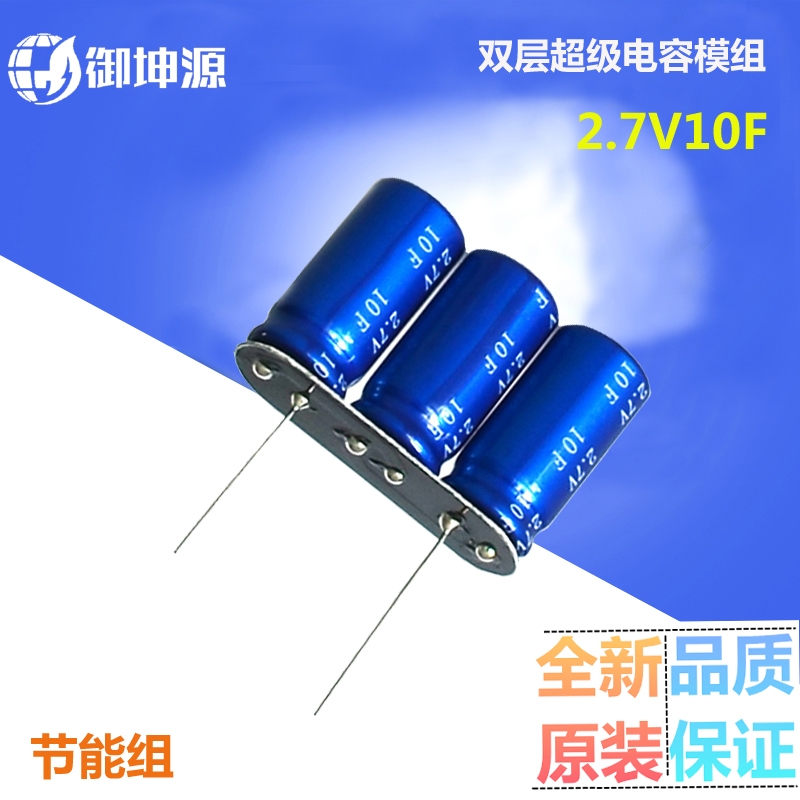Consulting phone:
135-3037-2041
(Mr.Wang)
Supercapacitors improve phone's sound quality and power performance
This article discusses the problems of delivering high power and high-quality audio for music-enabled mobile phones, and shows how supercapacitors &40;supercapacitors&41; can overcome these problems. This supercapacitor can also realize the high-power LED flash photography function without sacrificing the advantages of the ultra-thin shape of the mobile phone.

Before discussing this issue, let us first introduce supercapacitors and their role in power management. Supercapacitors bridge the power gap between batteries and regular capacitors . It can provide higher trigger power than batteries and store more energy than ordinary capacitors. The supercapacitor can provide trigger power for peak power events such as GSMGPRS RF burst transmission, GPS data reading, music playback, flash shooting, video playback, etc., and then accept battery charging. These benefits include longer talk time, longer battery life, brighter flash and better music quality. Designers can also save space and cost because they only need to consider the average power consumption of the battery and power circuits, not peak loads.
Sound quality and power consumption in music phone design
Class D audio amplifiers are commonly used audio amplifiers in mobile phones. These amplifiers use two pairs of FETs in an H-bridge circuit to control the speaker coils. configuration shown. When Q1 and Q4 are on and Q2 and Q3 are off, the speaker coil is driven in one direction. When Q1 and Q4 are off and Q2 and Q3 are on , the speaker coils are driven in opposite directions. The circuit power supply is generally a 3.6V battery. Phones with stereo audio have a pair of amplifiers and speakers. For 8Ω speakers, the maximum audio power = 3.6v 28Ω = 1.6W, and the stereo is 3.2w. Battery current at peak power of stereo audio=3.2w3.6v=0.9A. Therefore, audio playback in this case may suffer from power limitations, distortion and interference.
Problem 1: The battery cannot meet the peak power requirements of both wireless data transmission and audio amplifiers at the same time, resulting in distortion.
When a user listens to music on a cell phone, the cell phone battery will not be able to provide both peak audio current and peak RF transmit power in response to network access. The network periodically visits the phone, keeps track of which phone it is on, and determines what transmit power should be used. During such network access, the power to the audio amplifier may drop and the user will hear a "click" as the phone responds. However, the battery can easily provide about 100mA to 200mA of average audio current.
Problem 2: When the battery peak current exceeds 1A, it will produce audio noise humming, which will produce obvious ripple on the power supply voltage of the audio amplifier.
If the total impedance of the battery pack connector PCB wiring is equal to 150mΩ, a peak current of 1A will produce 150mV of ripple on the supply voltage, and a peak current of 1.8A will produce a ripple of 270mv. Ripple in the supply voltage can introduce audible noise to the listener. Phones deliver up to 1.8A of peak current, so there's also audible noise, with users hearing a 217hz hum during a call.
Problem 3: CDMA, GSM and 3G phones have limited audio power and poor bass response.
Regardless of the type of phone, the audio capacity and quality of the audio depends on the output power of the audio amplifier and the impedance of the speakers. In a typical mobile phone configuration, both Class D amplifiers are powered by a 3.6V battery to drive a pair of 8Ω speakers. As mentioned above, the maximum audio power is 3.2w, and the peak battery current is 0.9A, so whether through the phone's built-in speaker or through the external speaker headset, the audio performance will be shallow, low power consumption, and the bass response performance is very limited.